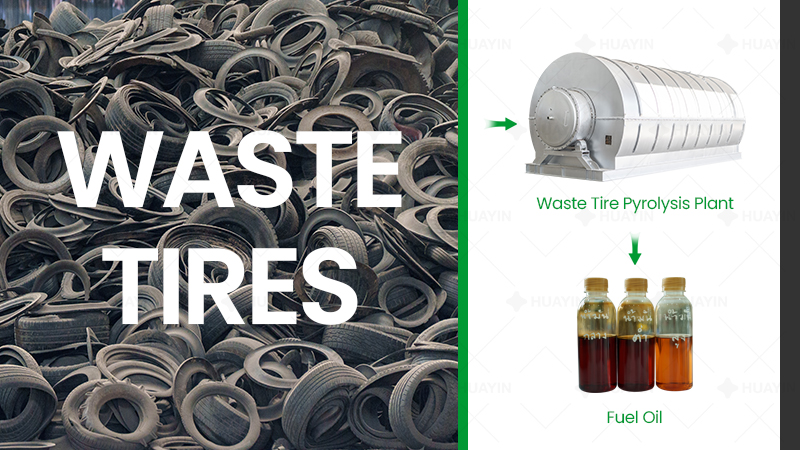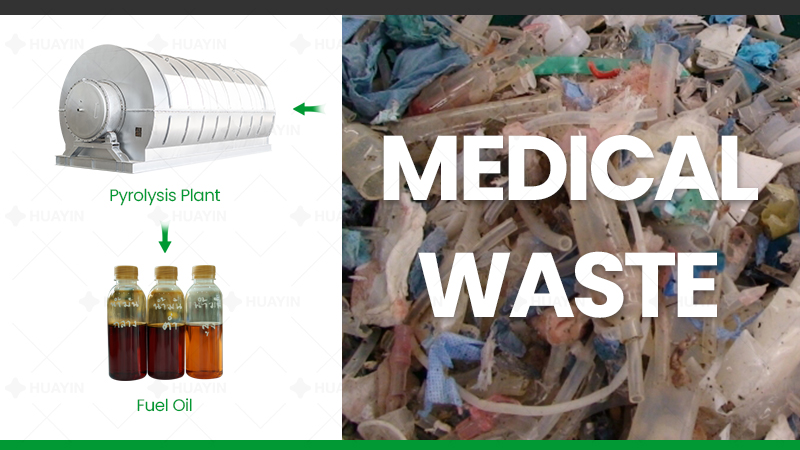
The combustible gas produced by tire pyrolysis, whose main components include hydrocarbon gases such as methane, ethane, and propane, has a calorific value close to the natural gas. After professional water seal treatment, they can be directly sent to the pyrolysis combustion chamber. The gas is fully utilized to provide the necessary heat energy for the pyrolysis process. This design not only achieves self-sufficiency of energy and reduces production costs, but also reduces dependence on external energy.
The combustible gas cannot be completely consumed by the combustion chamber of the reactor. The three common ways to deal with the excess gas are: directly sending it to the exhaust gas combustion chamber for burning, storing it in airbags for use in the next ignition, and putting it into gas-power generation equipment to convert it into clean electricity.



